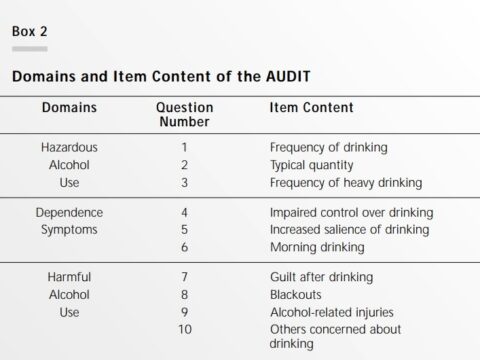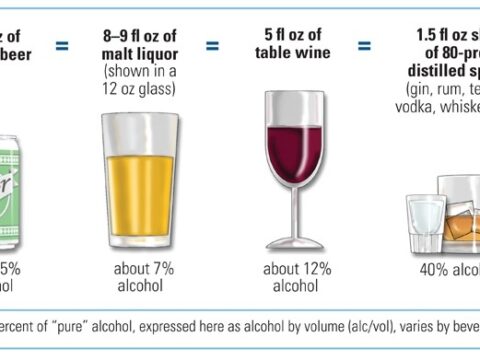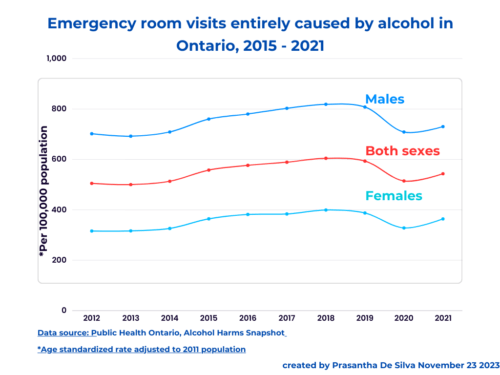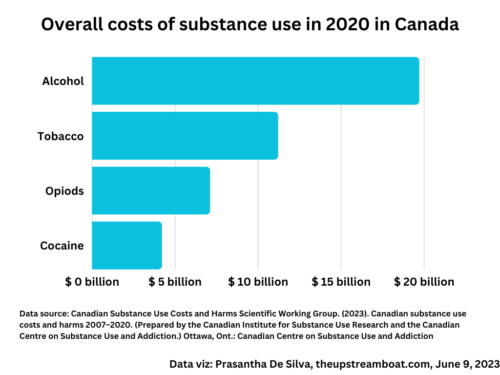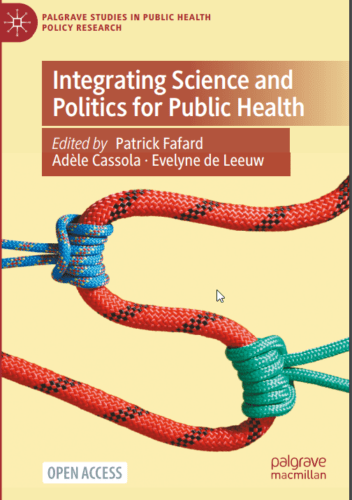In my last two posts, I discussed the Alcohol Use Disorders Identification Test (AUDIT), the standard drink size concept, and the challenges faced when administering the AUDIT’s quantify-frequency questions.
In this post, I will discuss how I met the above challenges. Anyone interested can adapt the steps I followed. I have presented these steps in several scientific forums in various cities.
In 2017, I presented it as a poster at the Canadian Association for Global Health (previously Canadian Society for International Health) Conference in Ottawa held on the 29th of October 2017.
At the end of this post, you can download the conference poster and the original Sinhala and English versions of the adapted AUDIT instrument.
The steps I developed were as follows:
Step 1: Determine consumer-preferred alcoholic products, drinking containers, and drink sizes
Step 2: Determine representative beverage-group-specific ethanol content and translate it into grams
Step 3: Calculate the number of standard drinks in “consumer-preferred drink sizes”
Step 4: Replace “standard drinks” with “consumer-preferred drinks” in the AUDIT quantity-frequency questions and their responses
Steps in detail:
Step 1: Determine consumer-preferred alcoholic products, drinking containers, and drink sizes
First, I conducted key informant interviews with members of my study population – adult married males in a village setting. The interviews aimed at determining their “preferred” alcoholic products, drink sizes, and containers. The keyword here is “preferred”.
My study participants preferred beer (two types: mild and strong); local arrack; whisky (and other foreign liquor), Toddy (a local licit product), and kassippu (a local illicit product). And, I found that their usual drink sizes and glasses and containers varied with the product type. Then, my professional photographer captured their “preferred” drink sizes. As you all are well aware of the large number of alcoholic products, I limited the number of products to six to make it manageable (Figure 1).

Figure 1
Step 2: Determine representative beverage-group-specific ethanol contents
I determined the representative ethanol content for each beverage-specific group, multiplied it by ethanol’s specific gravity (0.8) to translate it into grams, and approximated the value to the nearest number (Figure 2). During this process, I overcame my additional challenge of determining the representative ethanol content for illicit liquor using the median ethanol value from 12 samples collected from representative geographical locations of the study area.

Figure 2
Step 3: Calculate the number of standard drinks in “consumer-preferred drink sizes”
Using the above values, I calculated the number of grams in “consumer-preferred drink sizes” and the number of standard drinks in respondent-preferred drinks. Remember that I used the international standard drink size definition recommended in the AUDIT manual – an ethanol content containing 10 grams of ethanol. (Note that North American standard drink refers to amounts containing 14 grams of ethanol).
Step 4: Replace “standard drinks” with “consumer-preferred drinks” in the AUDIT quantity-frequency questions and their responses
Now, you can see the adapted AUDIT’s second and third questions and their responses. Compare these two with the original AUDIT second and third questions. ( I have cited below). Note that the responses in the dark green line in the second question are equivalent to the original third question of the AUDIT – “6 drinks or more” (Figures 3 and 4).

Figure 3
The following are the original AUDIT second and third questions and their responses.

Figure 4
The adapted AUDIT tools
The following are the English and Sinhala versions of the adapted and validated AUDIT tool. Those interested can download and use it free of charge. Kindly acknowledge and inform me how it helped you to advance your cause of addressing alcohol-related problems in your community.
- 2017 conference poster
- The adapted and validated AUDIT – Sinhala version
- The adapted and validated AUDIT – English version

